by Alex Monroe
Some renovation projects are fun and gratifying in the end, but they do come with some risks. Changing a living environment can be as simple as making small cosmetic changes or as big as completely changing the structure. It involves careful planning, professional execution, and, most importantly, a strong commitment to safety.
If you don’t take safety precautions, you could hurt yourself or have a serious accident that damages property. So, it’s very important for homeowners, their families and any contractors working on the remodel to make sure the area is safe.
Planning Before Renovation: Setting Up Safety
A complete safety plan must be in place before the first hammer swing. This first step is very important for finding possible dangers and putting in place ways to avoid them.
- Thorough Assessment of the Renovation Scope and Potential Hazards
Every renovation job has its own set of problems. A thorough evaluation of the tasks to be performed will uncover any dangers. For example, tearing down a wall could reveal electrical wires, plumbing or lead paint. There is a risk of falling when working on a roof.Knowing about these risks ahead of time makes it possible to set up the right safety procedures. This involves finding dangerous materials like asbestos, lead-based paint or mold that need to be handled and removed in a certain way. - Setting Up Clear Lines of Communication and Emergency Procedures
If contractors are engaged, it’s important to have explicit ways to talk to each other. Talk about safety rules, what to do in an emergency and everyone’s duties and responsibilities.When making home improvements yourself, make sure everyone in the house knows the schedule, the places that are off-limits and the emergency exits. There should be a first-aid kit that everyone can easily get to. It’s also very important to have a list of emergency contacts, such as doctors and local emergency services. - Getting the Right Permits and Knowing the Building Codes
Building rules and permits aren’t simply a pain in the neck; they’re there to make sure that buildings are safe and sound. Getting the right permits makes sure that the renovation work meets safety regulations.This also makes sure that the job will be inspected, which adds another level of safety. If you don’t follow these rules, you could end up in dangerous situations and face legal action. - Setting Aside Money for Safety Gear and Professional Services
Safety should never be an afterthought or a place to save money. Set up enough money for personal protection equipment (PPE) such as hard hats, safety glasses, gloves, respirators and strong shoes.If the project requires specialist labor like electrical work, plumbing or getting rid of asbestos, you should use licensed professionals who have the right tools and experience to do the job safely.
During the Renovation: Putting Safety Measures in Place On-Site
Once the renovation starts, it’s very important to always be on the lookout and follow safety rules.
- Personal Protective Equipment (PPE): Your First Line of Defense
It is not up for debate whether you should wear the right PPE. The kind of PPE needed will depend on the jobs that are being done.- Safety glasses keep chemicals and flying debris from getting into your eyes.
- Gloves protect hands from wounds, scrapes and chemicals.
- Respirators are important when working with dust, fumes or mold.
- Hard hats keep things from falling on your head, which is especially important when you’re working on a demolition or high job.
- Steel-toed boots can protect your feet from getting hurt if you drop tools or materials.
Organizing the Site and Keeping Hazards Contained
A messy work site is an unsafe place to work. To avoid trips and falls, keep the space clean, tidy and clear of debris. Designate and block off areas where work is being done to keep anyone, especially kids and dogs, from getting in.
To keep dust and debris from spreading, use tarps and plastic sheeting to shield parts of the house that aren’t damaged and keep airborne contaminants to a minimum. Good ventilation is also very important, especially when using paints, solvents or glues.
- Electrical Safety: A Top Concern
One of the most dangerous things that may happen on a restoration site is electrical risks. Always hire a certified electrician if you need to do a lot of electrical work.Turn off the power at the main breaker before doing any work near or tearing down electrical systems. Use ground fault circuit interrupters (GFCIs) on all your power tools and extension cables, especially if they are in a wet place. Check all the cords for damage and don’t overload the circuits. - Safety on Ladders and Scaffolding: Going Higher In a Safe Way
One of the most common ways people get hurt while renovating is by falling off a ladder or scaffolding. Make sure you always use the correct ladder for the job and put it on a flat, secure platform.When you climb, follow the “three points of contact” guideline. Don’t reach too far or stand on the top step. Before using scaffolding, it should be properly built and checked to make sure it meets safety requirements and the manufacturer’s instructions. - Tool Safety: Using Tools with Care and Precision
If you don’t use hand and power tools correctly, they can hurt you badly. Before using any tool, read and understand the instructions.Check that all safety guards are in place and working. When changing accessories or doing maintenance, unplug power tools. Always use sharp blades and bits because dull ones need more force and can slip. When you’re not using tools, keep them in a safe place. - Demolition Safety: Controlled Chaos
Demolition may look easy, but it may be quite dangerous. Before you start, find the walls that hold up the load, and don’t take them down without talking to a structural engineer first.Be careful of pipes, wires and gas lines that are hidden. Put on the right PPE, like a hard hat and heavy-duty gloves. Use a water spray to keep the dust down and make sure there is enough airflow. - How to Handle and Dispose of Hazardous Materials
You need special knowledge and tools to deal with dangerous items like mold, lead paint or asbestos. Only qualified and certified people should try to remove these items on their own.Instead, use professionals who know how to safely remove and dispose of these things. Separate other construction waste into different piles so that it can be properly recycled and thrown away according to local laws.
After the Renovation: Final Safety Checks and Long-Term Considerations
The job isn’t done until the area is safe for people to live in.
- Clean Up Thoroughly and Get Rid of All Trash
After the renovation is done, a thorough cleaning is necessary. Get rid of all the nails, screws, dust and other trash that is left over. This stops people from falling, tripping and getting hurt by sharp things. Get rid of all building trash in a safe way. - Last Safety Checks and Tests
Before moving back into the newly remodeled space, do one last safety check. Check out all the new plumbing, light fixtures and electrical outlets. Make sure that smoke detectors and carbon monoxide detectors are working and installed properly.If any structural work is done, you should have a competent professional check it one last time to make sure it is safe.
Peace of Mind in Every Project: Prioritizing Home Renovation Safety
Home renovation safety is not a singular action but an ongoing process that permeates every stage of a remodel. From meticulous pre-planning and diligent on-site execution to thorough post-renovation checks, prioritizing safety protects not only the physical well-being of everyone involved but also the financial investment in the project.
By embracing a proactive and comprehensive approach to safety, homeowners can transform their living spaces with confidence, knowing that their dream home is built on a foundation of secure and sound practices. A safe renovation is a successful renovation.


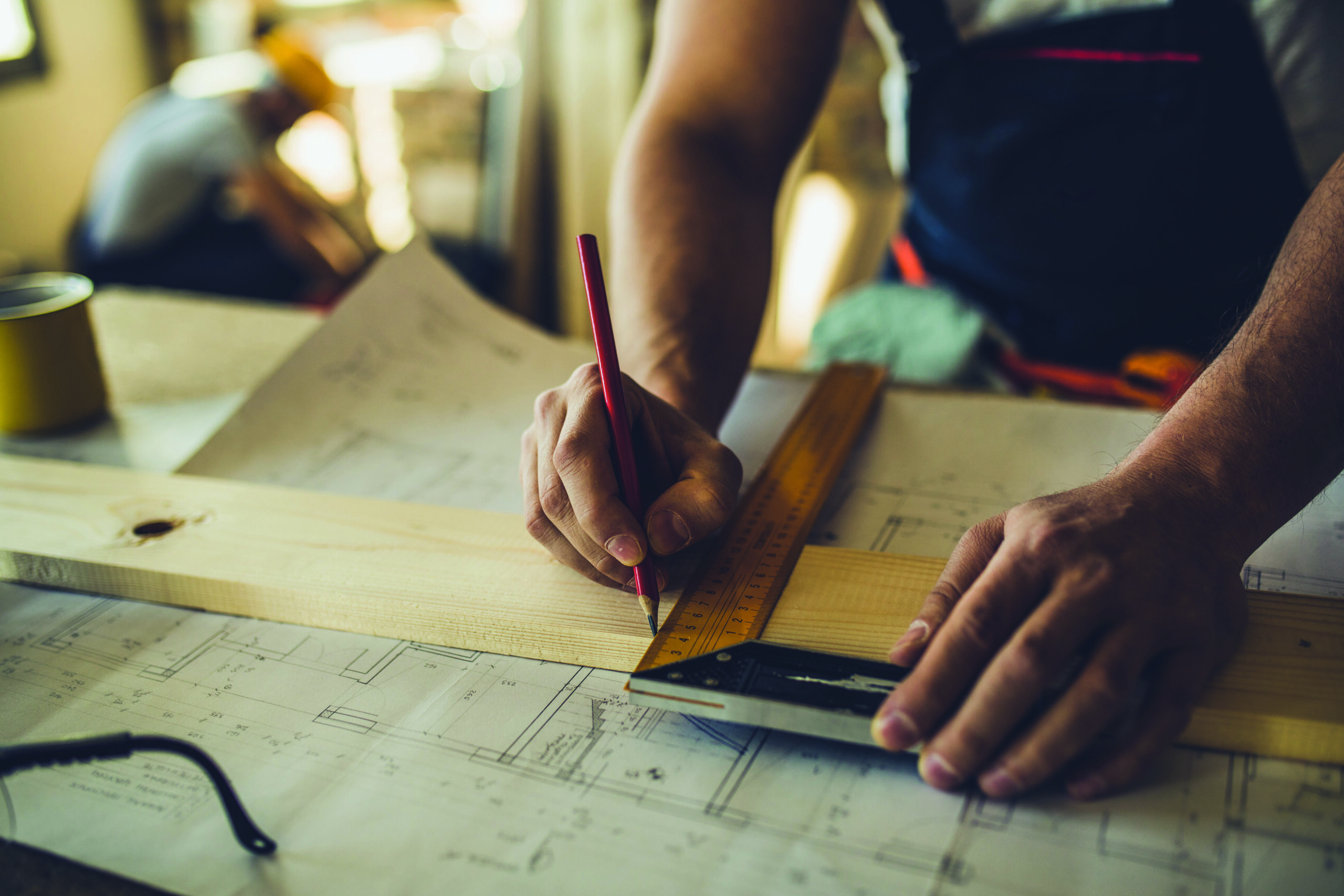
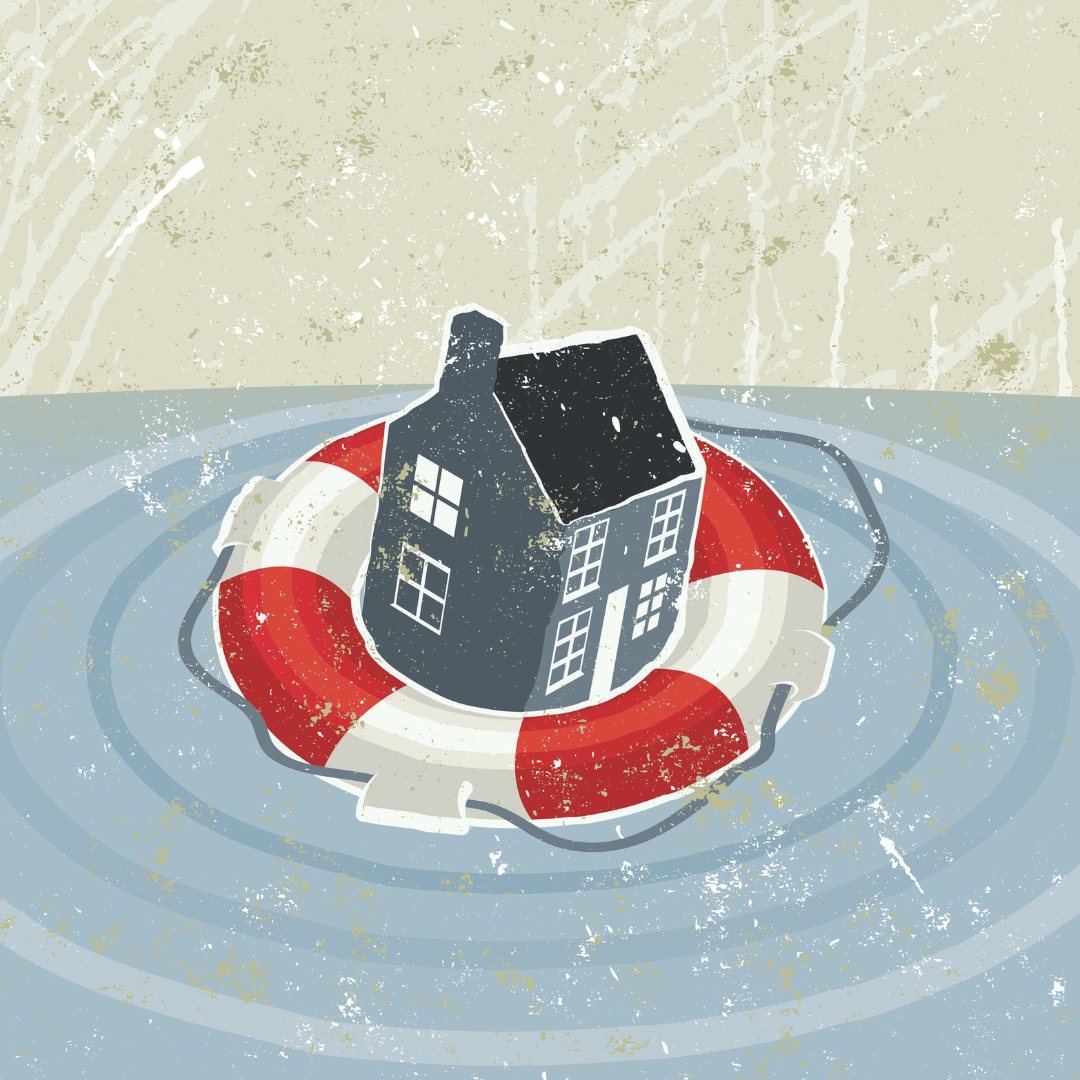

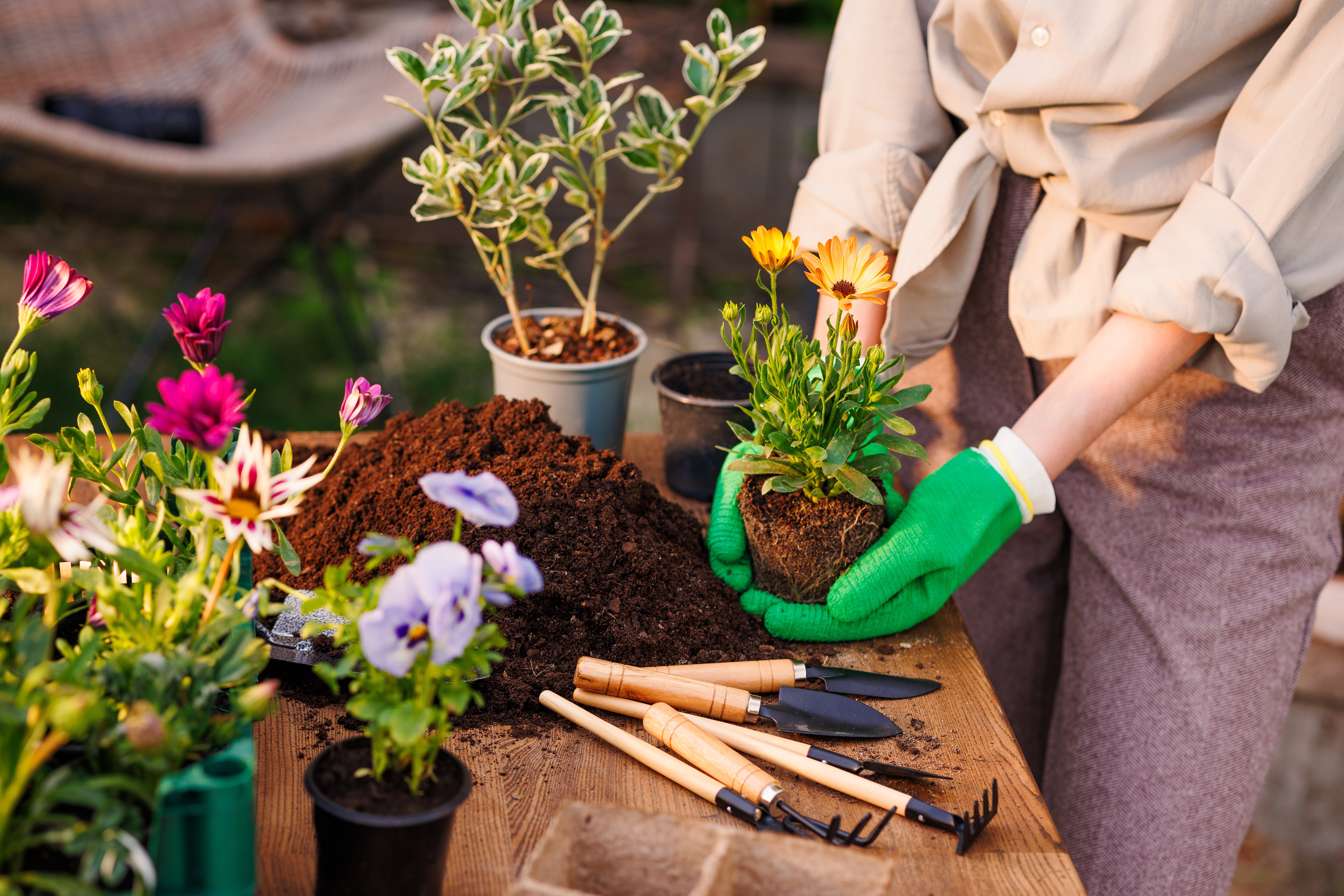
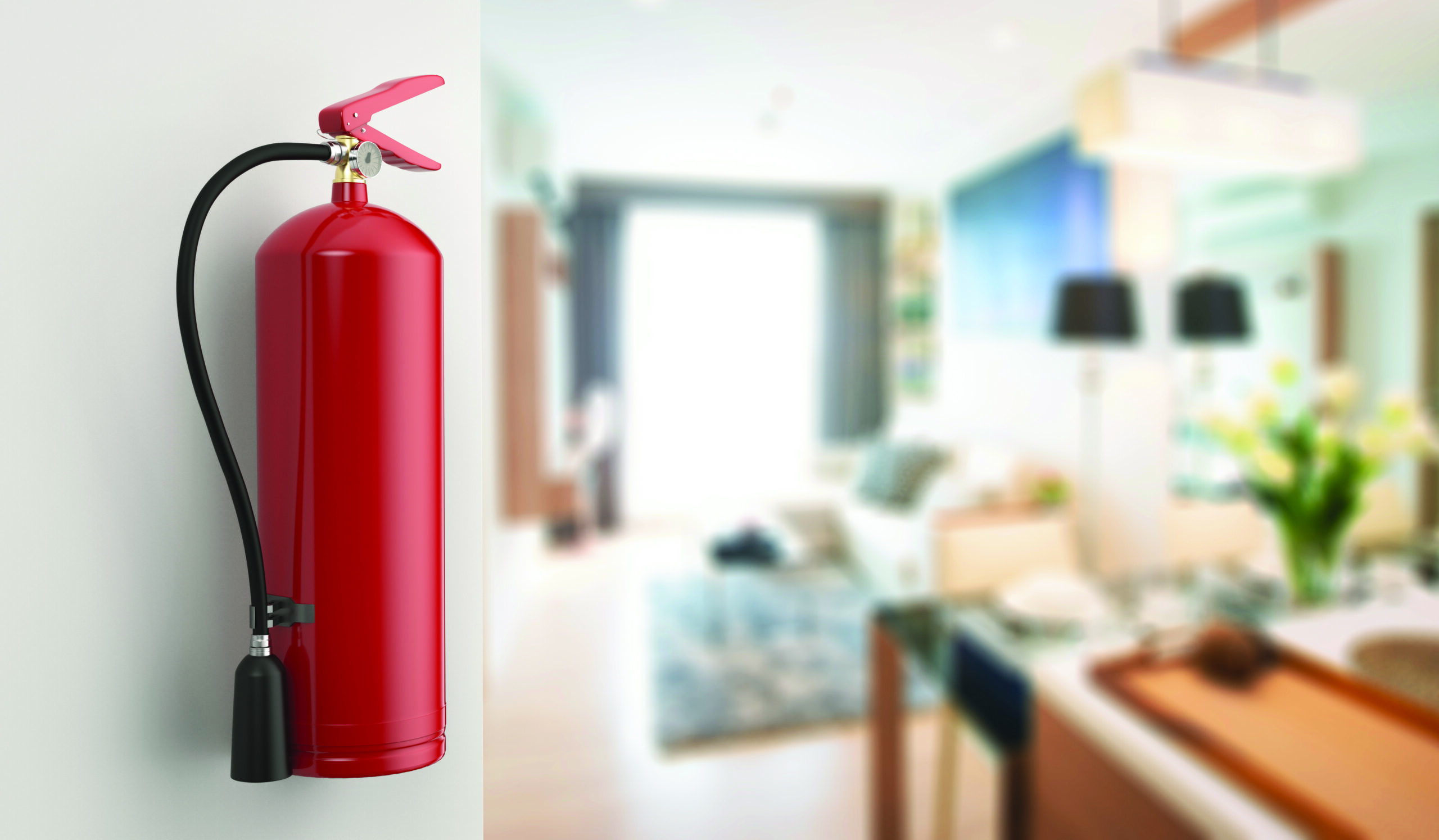
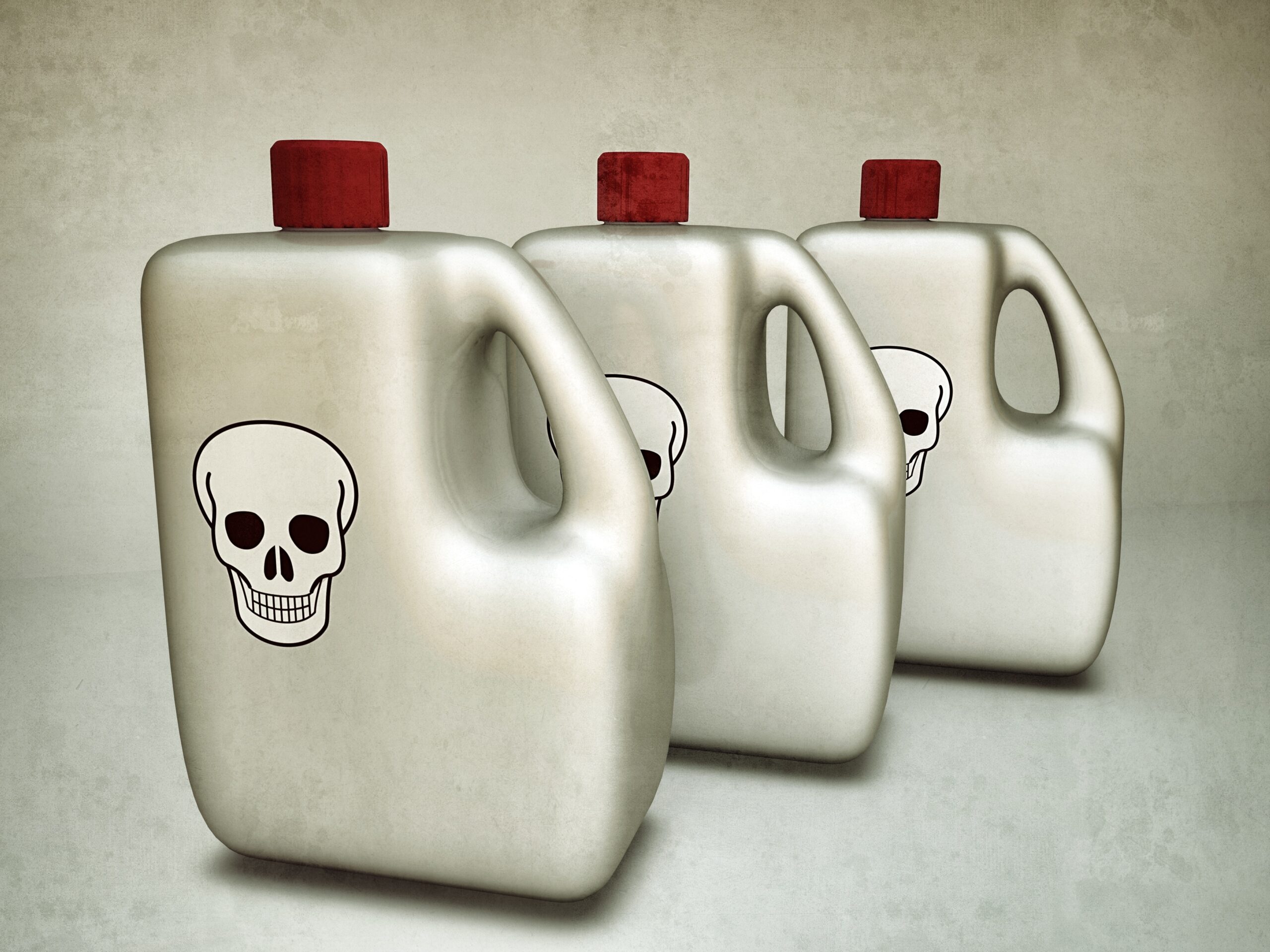
Leave A Comment